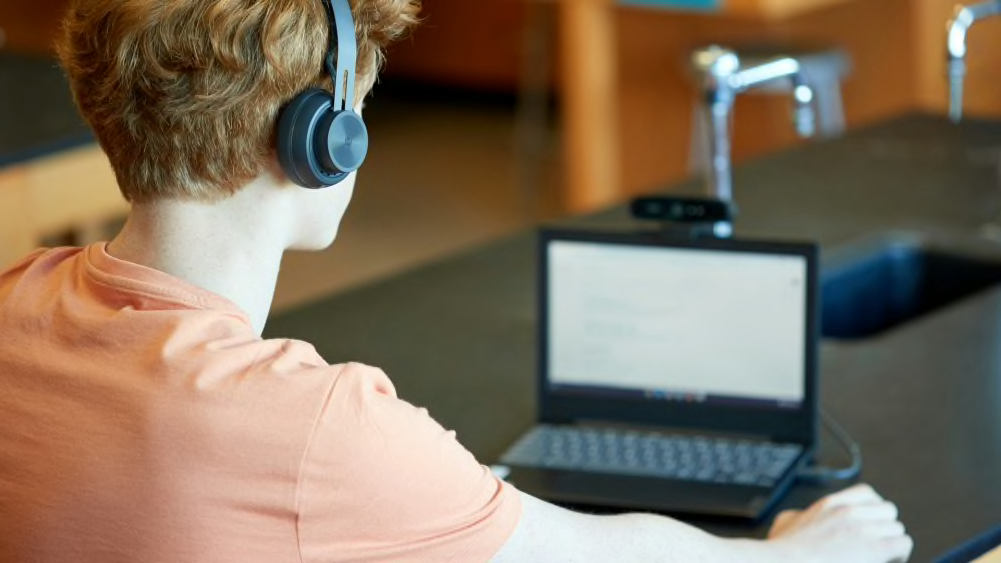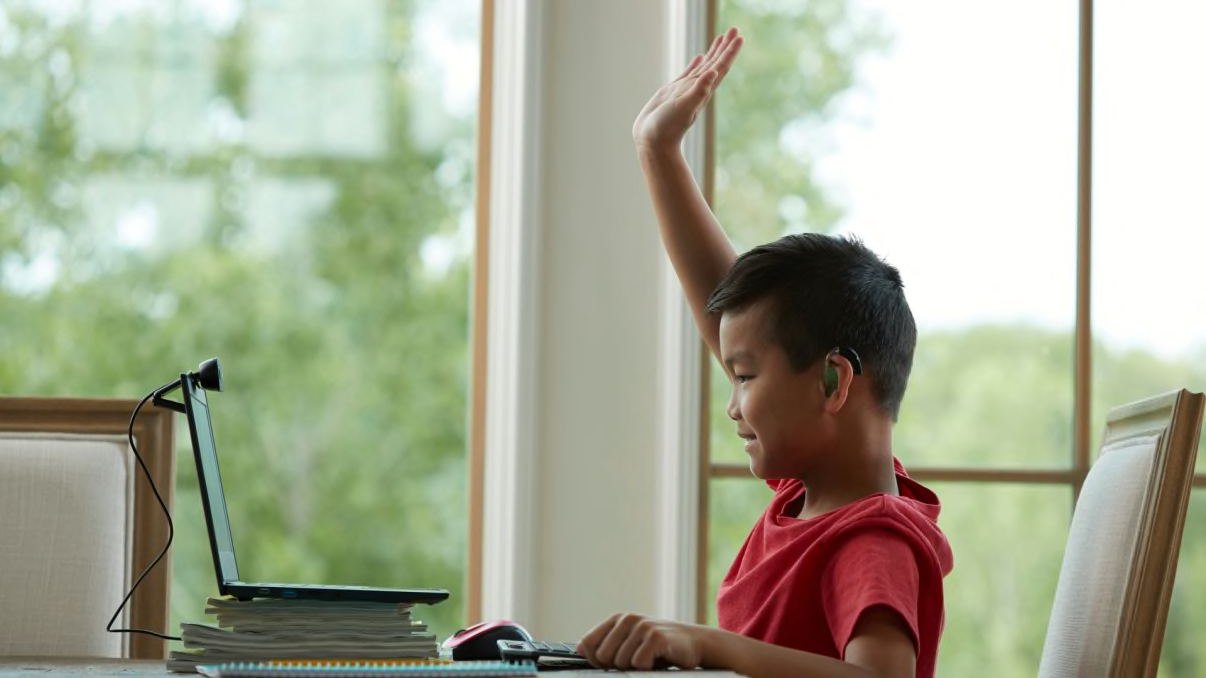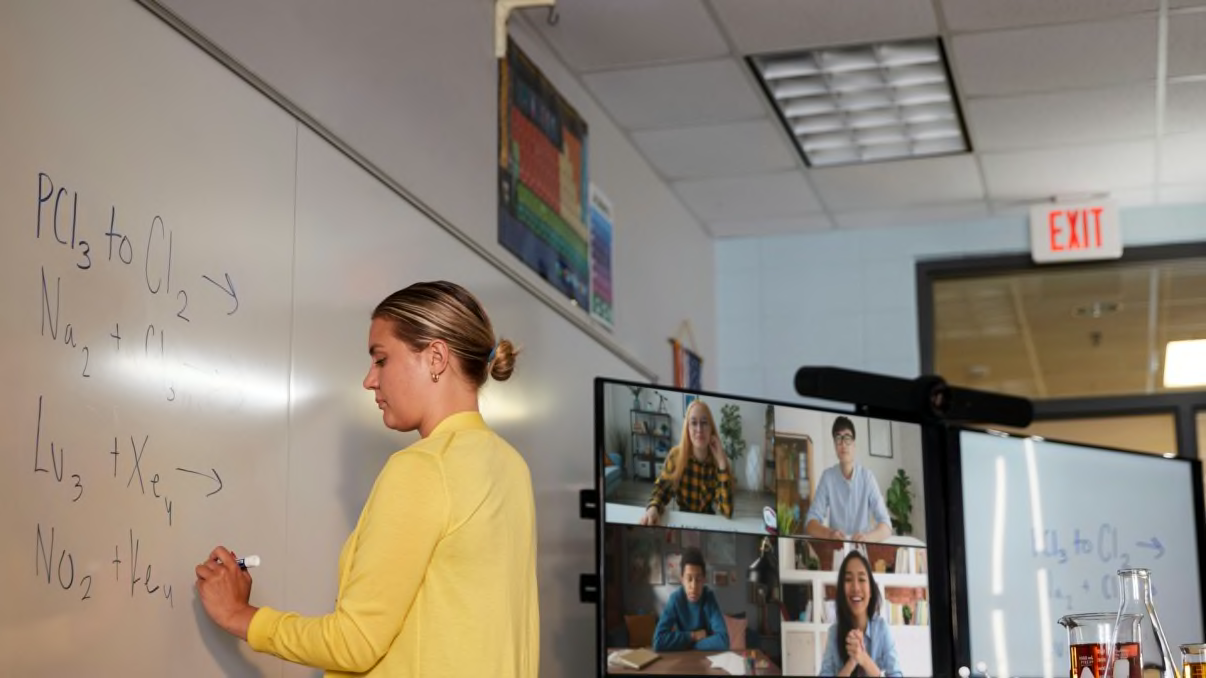Student Equity in Focus
Improving student access to learning opportunities

Student equity is of the utmost priority in education today. At the same time, students are now learning from everywhere - remote, hybrid, and in-person - and not all students have equal learning environments at home. In fact, the remote-first transition has exposed significant inequities across the board. Too many students have been left disengaged and excluded in the move to remote-first due to circumstances out of their control.
Some students live in homes more conducive to remote learning. Some have more resources to afford better devices and peripherals than others. Some students have more responsibilities at home than others. All of these factors go into whether or not a student can succeed in learning remotely or in a hybrid arrangement. As a new school year begins, unlike any other, it is critical that video collaboration technology is deployed to fill the gap in these disparities so that every student has an equitable learning experience, in any environment, wherever they are.

Creating a Presence for Every Student
One of the biggest challenges of distance learning is that students often feel that they are sitting in a tiny digital box as opposed to in an actual living, breathing classroom. This is not conducive to productive communication, engagement, and collaboration, and can also be detrimental to student social and emotional health and well-being. Students often feel disengaged when they do not feel that they have a presence in the learning environment or when the environment appears to be too static, pared down or artificial.
This may leave them hesitant to listen, speak up, or participate. From a technology perspective, a sub-par video and audio setup is an easy way to leave students feeling distant or left out of the experience. It can impact their ability to focus and make it easier for distractions to take hold.
Worst of all, it can potentially leave them feeling like it does not matter whether they are involved or not. This feeling of apathy is a hallmark symptom of non-inclusive and inequitable environments. A poor remote learning experience may also exacerbate feelings of loneliness, anxiety, stress, or depression, which cannot be associated with remote learning if it is to be a sustainable solution in the long term. In a healthy virtual learning environment, communication, engagement, and collaboration feel natural and human, which is positive for student health.
In contrast, when video collaboration technology is deployed intelligently across different types of learning environments, it feels as though the software and hardware has faded into the background and immersion in the learning experience has come to the forefront. There is a difference between creating a remote learning environment and maintaining a learning atmosphere across boundaries; to maintain this atmosphere from a distance means creating immersion.

It’s Easier Than Ever to Transform the Classroom
There is an exciting opportunity today for educators to use the right combination of video collaboration technology to create immersive remote and hybrid learning environments. Far from the claustrophobic experience of feeling stuck “in the box” of a group video conference, today it is easier than ever to create living, breathing virtual classrooms that get students excited about remote learning.
Products like Logitech Rally Camera, in combination with Scribe Whiteboard Camera, create the atmosphere needed for all students to feel naturally included in the learning experience, wherever they are. Rally offers mechanical pan, tilt, and zoom, razor-sharp 15X HD zoom, an expansive 90-degree diagonal field of view, and a powerful 4K sensor, breaking down boundaries and opening up the classroom to remote learning like never before.
Similarly, with Scribe, remote learners are put on the same page with their in-person peers in unprecedented ways. Scribe uses built-in AI and a custom lens to allow remote learners to interact with whiteboard content as if they are actually in the room.
No two students are learning under the same circumstances. It is critical to give all students a presence to ensure they are included in the remote and hybrid learning experience on equal footing. Establishing a sense of immersion and recreating the in-person experience - or, creating an entirely new experience - through video collaboration technology is critical to provide presence and send the right message - that no student will be left out in today’s remote world.
Hear From Fellow Educators and School Leaders
See our case studies for details about how Logitech has helped connect students to learning across the globe.
Let’s Talk
Learn more about how Logitech Video Classroom Solutions can help educators and students.
Contact Sales
THANK YOU FOR CONTACTING US
A product expert will reach out to you shortly.